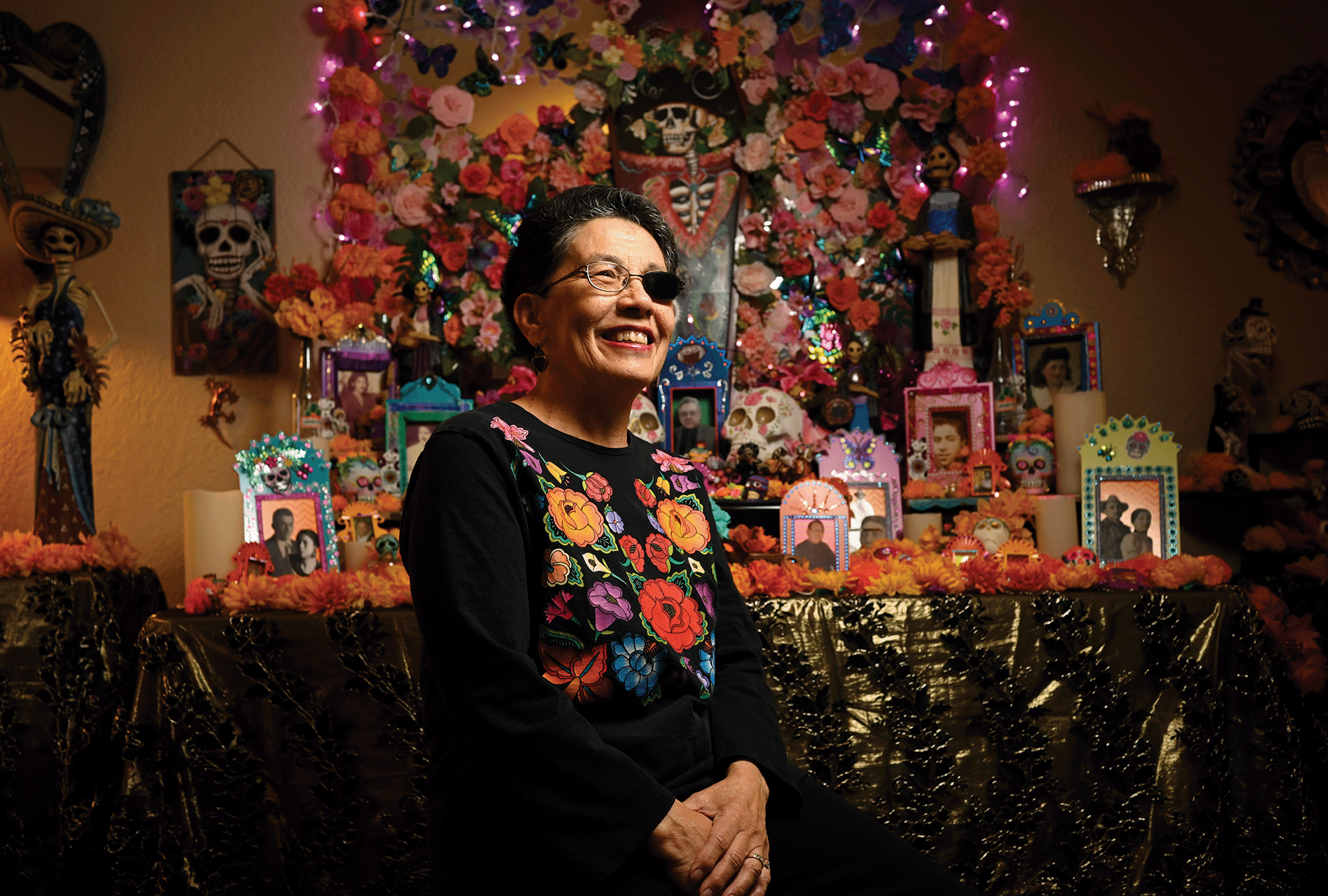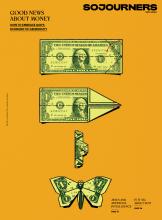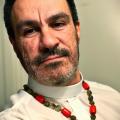
Celebrating Día De Los Muertos in a Mostly White Community
Rev. Sam Dessórdi Peres Leite is rector of St. James the Apostle Episcopal Church in Tempe, Ariz. He spoke to Sojourners associate news editor Mitchell Atencio.
IN MY CHILDHOOD we would go to the cemetery early in the morning on the Day of the Dead [Nov. 2]. We would clean the graves and paint them. We would eat by the graves and tell stories of the person buried there and laugh. It was a light experience and joyful in the sense of becoming one family again, so the deceased and living were together for at least one day.
When I was in Washington, D.C., I noticed the Days of the Dead becoming more popular for people who are not of Mexican, Central American, or Latin American descent. Churches started bringing in the elements [of the celebration], not knowing how to properly use them. So I offered workshops to help church leaders understand where the tradition came from. It’s important for people to learn the historical meaning, how Latinos identify with the festival, and ask, “How can we honor that tradition?”
Our tradition is to go to the cemetery to spend some time with our beloved ones. But if you’re an immigrant in a distant land, you don’t know how to honor your departed. At churches, we can recreate that sacred space. The festival tries to fill the separation and create a sense of communion again with the departed.
People ask: “Father Sam, is this cultural appropriation?” I’m a liturgist. The celebrations that remember the departed are pre-Christian and happen in every single culture. What I have learned is we Latinos can help people heal their wounds through our traditions. It may not make sense to do Days of the Dead when everybody is white. But if you have a community like mine, where 80 percent are white and 20 percent are Indigenous and Latino, it gives space for the minority to help the larger community experience something powerful and meaningful. If you have people who can lead you into these traditions, that’s very positive.
Read the Full Article

Got something to say about what you're reading? We value your feedback!


